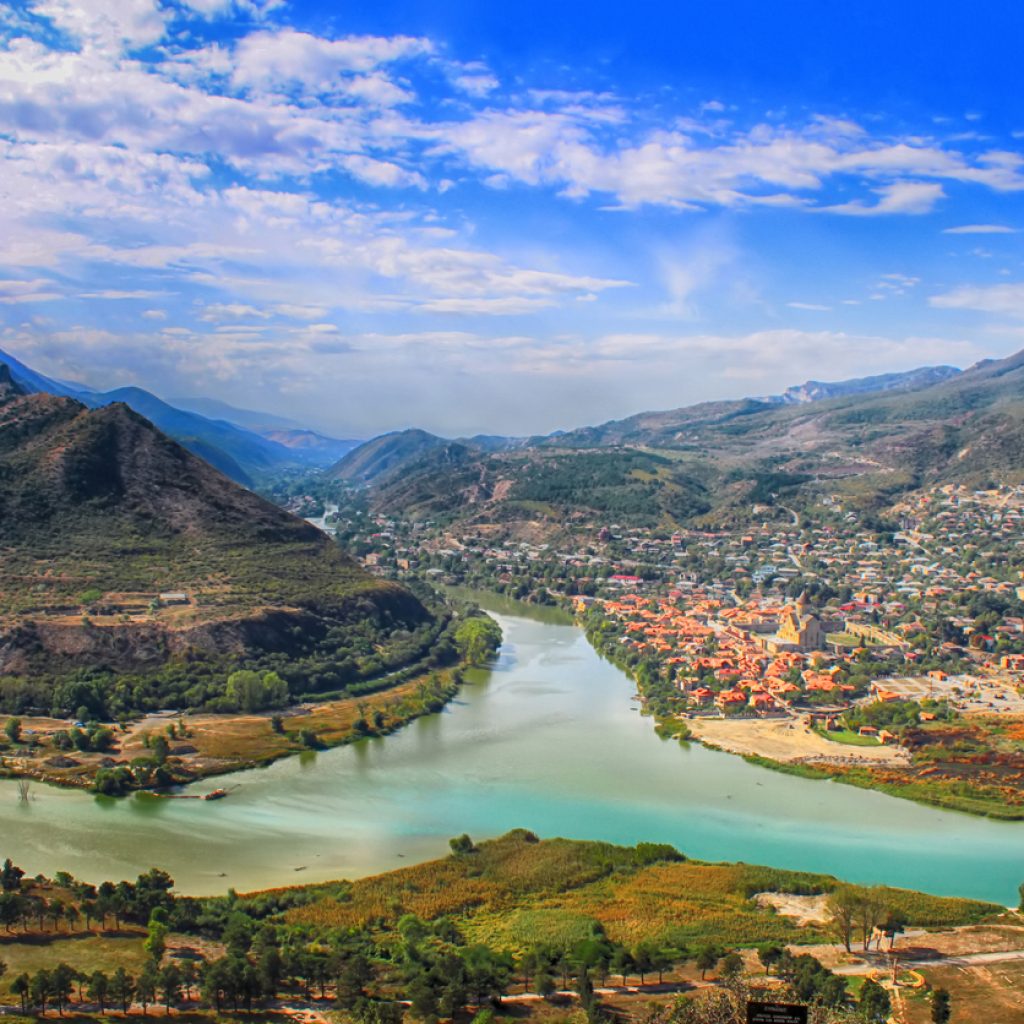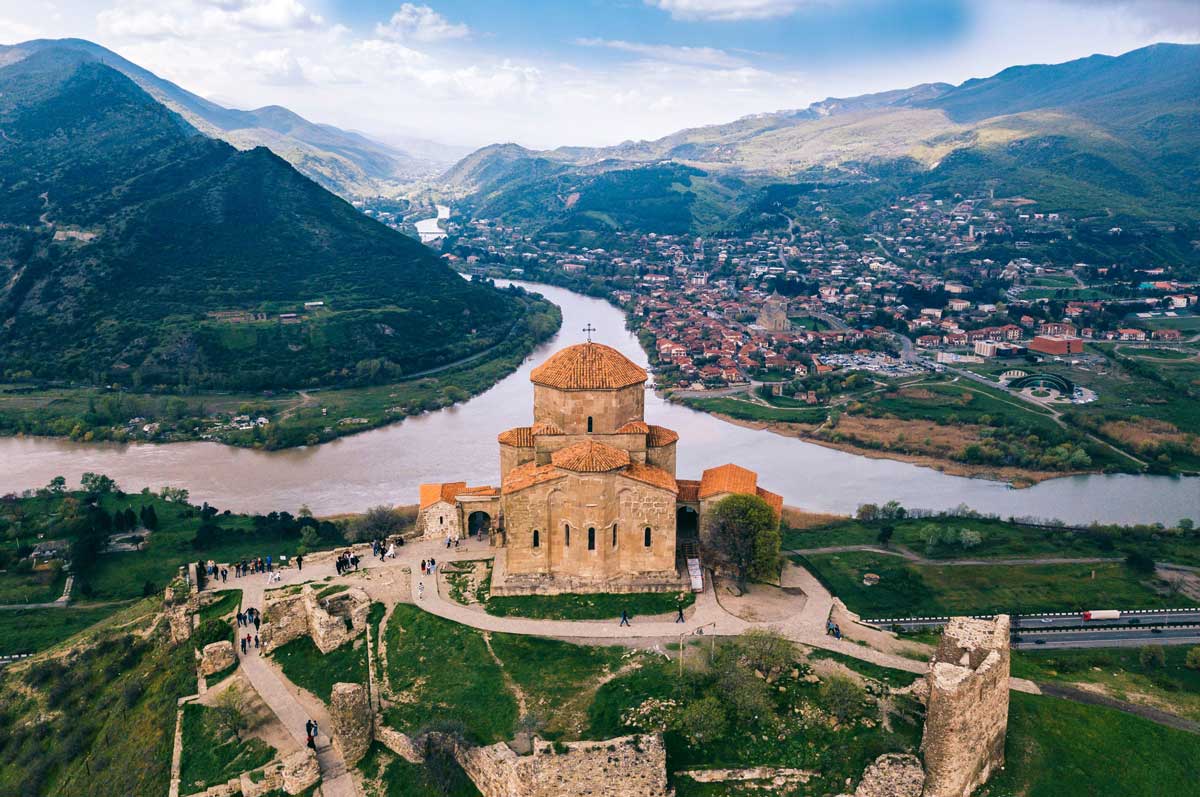Introduction
Perched on a hilltop overlooking the ancient city of Mtskheta, the Jvari Monastery stands as a beacon of Georgia’s spiritual legacy and a masterpiece of early Christian architecture. Revered for its historical significance, religious importance, and awe-inspiring location, Jvari Monastery is a must-visit destination for travelers seeking to immerse themselves in the soul-stirring beauty and profound spirituality of Georgia. In this blog, we embark on a journey to explore the captivating allure of Jvari Monastery and the profound impact it has had on the cultural fabric of the country.
An Architectural Marvel of Early Christianity
1. Early Christian Heritage: Constructed in the 6th century CE, the Jvari Monastery is one of the oldest surviving examples of Christian architecture in Georgia. Its design showcases the transition from traditional pagan temples to early Christian structures, making it a significant site for architectural historians and enthusiasts.
2. UNESCO World Heritage Site: Along with the nearby historic town of Mtskheta, Jvari Monastery was inscribed as a UNESCO World Heritage Site in 1994. The inscription recognizes its universal cultural value and its role as an important link between ancient traditions and early Christianity.
3. Cross-Domed Design: The architectural style of Jvari Monastery follows the traditional Georgian cross-dome plan. A central dome, symbolizing the heavens, rises above a cross-shaped floor plan, with each arm of the cross representing the cardinal directions.
Breathtaking Location and Panoramic Views
1. Hilltop Sanctuary: The strategic location of Jvari Monastery atop a hill at the confluence of the Mtkvari and Aragvi rivers elevates its spiritual ambiance. The monastery seems to watch over the city of Mtskheta and its surroundings, offering a sense of protection and serenity.
2. Awe-Inspiring Views: As you ascend the hill to the monastery, you’ll be rewarded with breathtaking panoramic views of Mtskheta, the surrounding landscapes, and the merging rivers. The vista becomes particularly enchanting during sunrise and sunset, painting the sky with a myriad of colors.
Spiritual Significance and Pilgrimage Destination
1. Symbol of Christianization: Jvari Monastery is closely linked to Georgia’s Christian heritage and plays a pivotal role in the country’s conversion to Christianity. Tradition holds that Saint Nino, the revered saint who brought Christianity to Georgia, erected a large wooden cross on the site, signifying the triumph of Christianity over paganism.
2. Pilgrimage Site: The monastery continues to attract devout Orthodox Christians from Georgia and beyond, who embark on pilgrimages to seek blessings, spiritual solace, and a connection to their religious roots. The atmosphere of devotion and reverence is palpable, especially during religious festivals and significant dates.
Embracing the Spiritual Legacy
1. Religious Festivals: Throughout the year, Jvari Monastery hosts religious festivals and events, adding to its spiritual ambiance. These gatherings provide an opportunity for locals and visitors to come together in celebration of their faith and shared cultural heritage.
2. Preservation and Restoration: The significance of Jvari Monastery has led to diligent preservation efforts, ensuring that its historical and architectural integrity remain intact. Restoration work is carried out with great care, respecting the sanctity of the site and its importance to the Georgian people.
Conclusion
Jvari Monastery stands as an eternal witness to Georgia’s journey through faith and history. Its harmonious blend of ancient Christian architecture, stunning location, and spiritual significance creates an experience that touches the soul of all who visit. As you stand on the hilltop, surrounded by the timeless beauty of the monastery and the breathtaking views of the landscape below, you’ll understand why Jvari Monastery continues to be a symbol of Georgia’s unwavering faith and enduring cultural legacy. Embrace the spiritual aura, listen to the echoes of the past, and be inspired by the profound connection between humanity and the divine at this ethereal sanctuary of early Christianity.





0 Comment